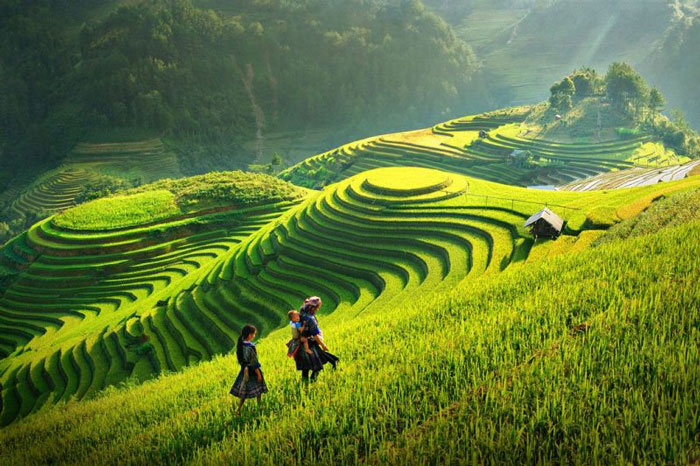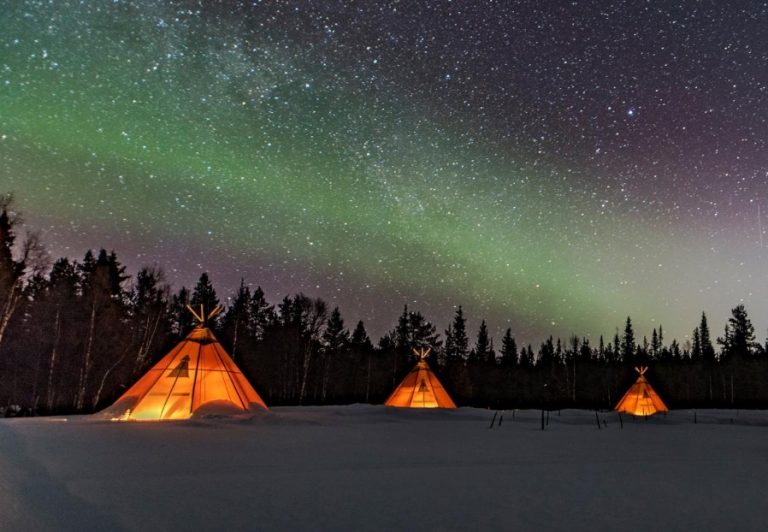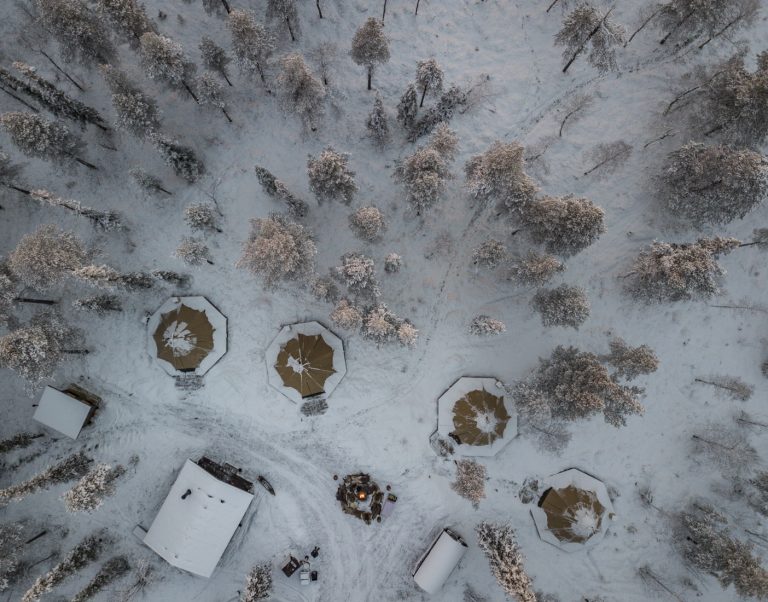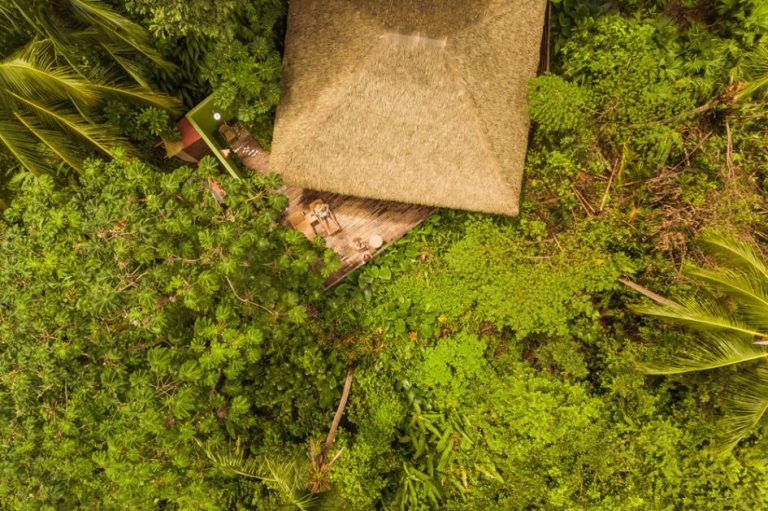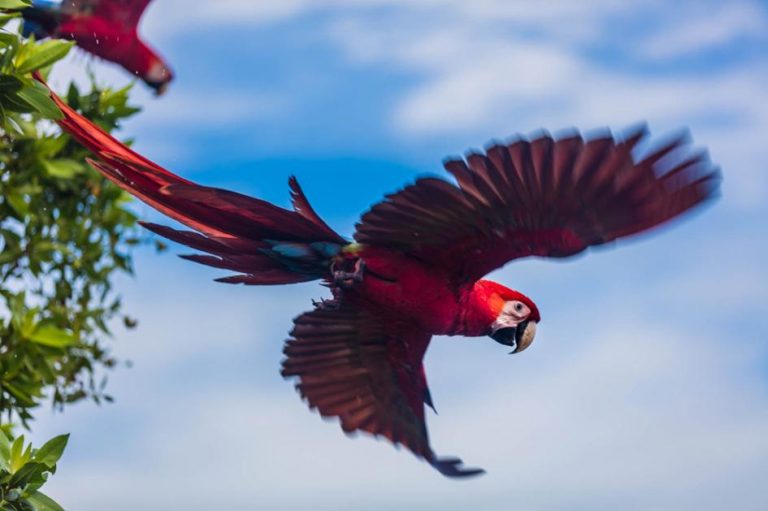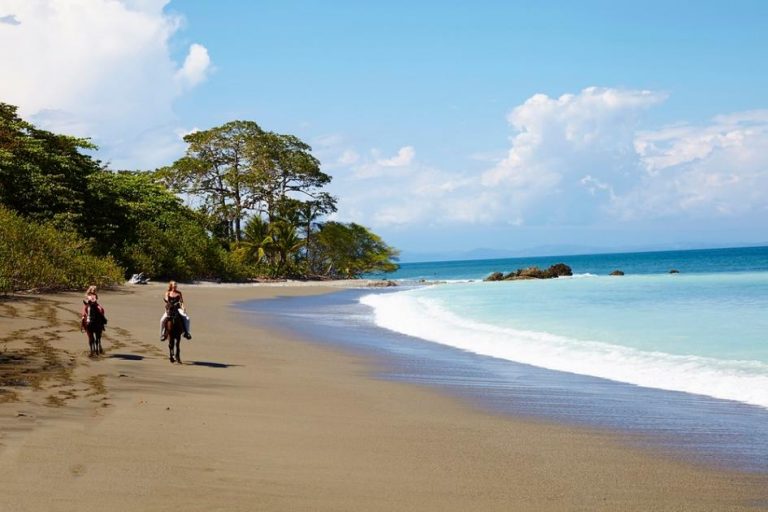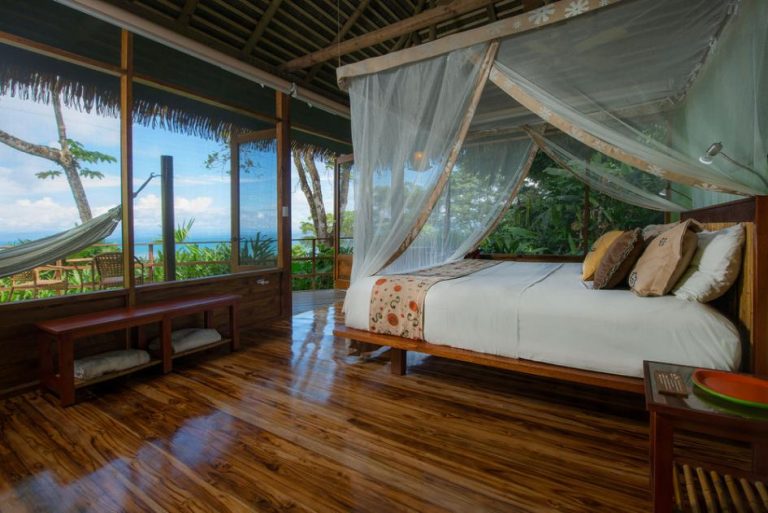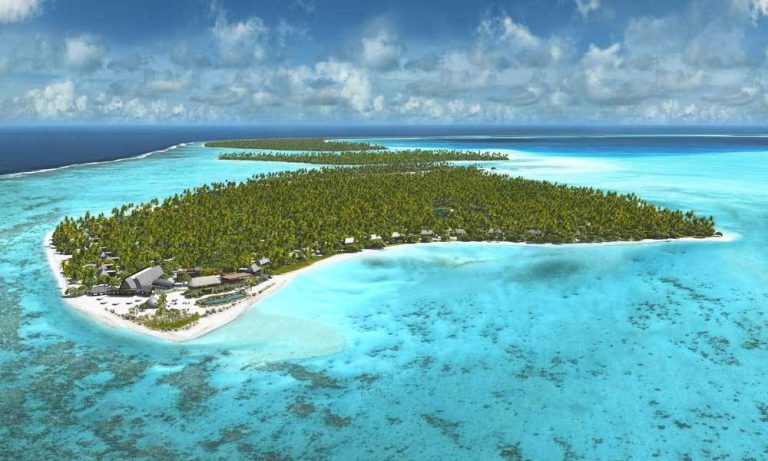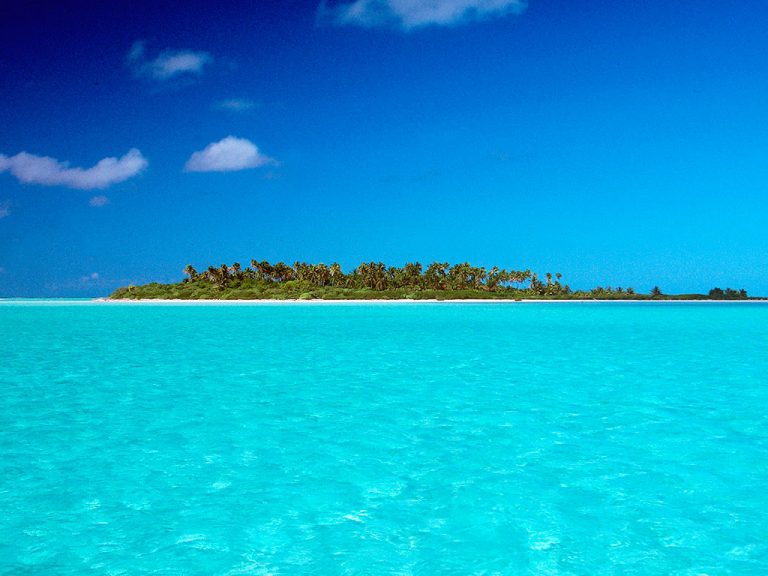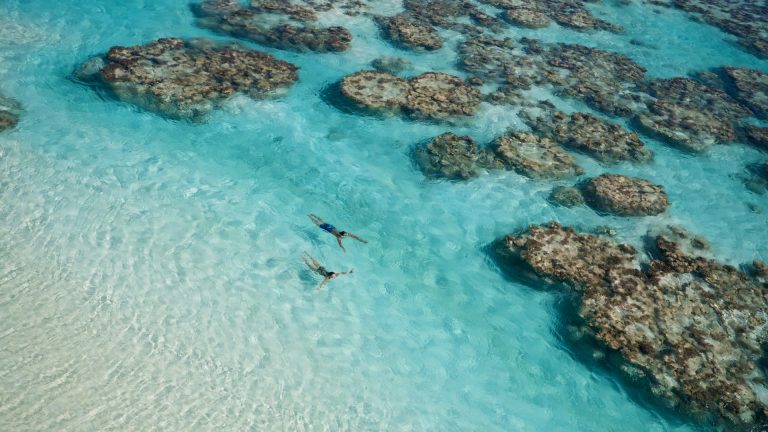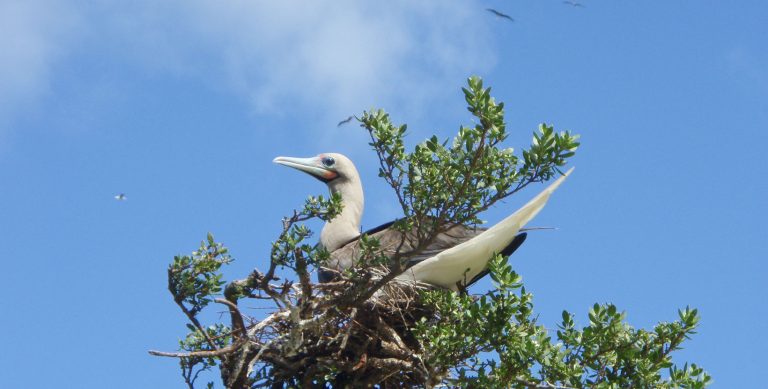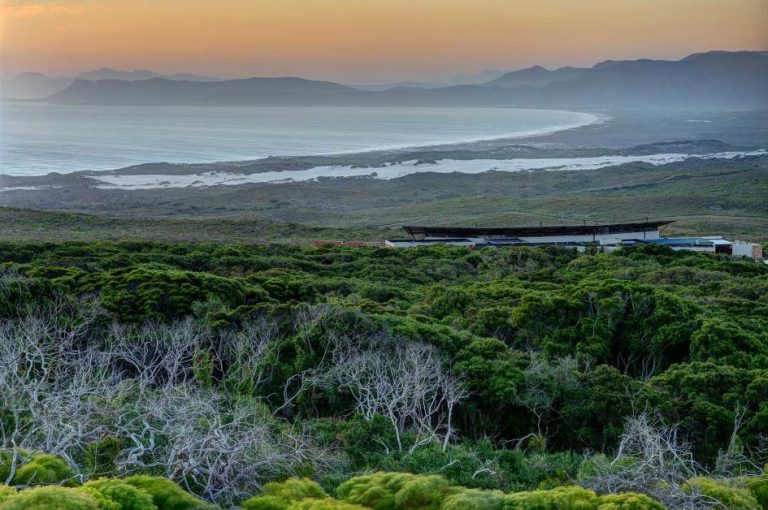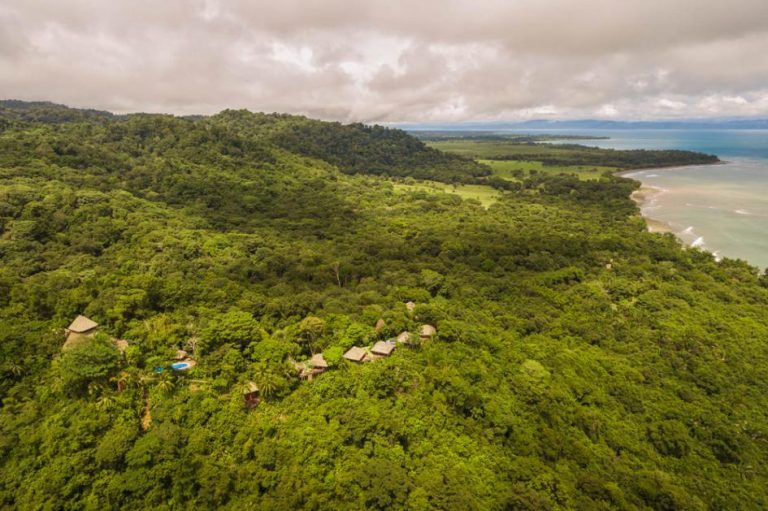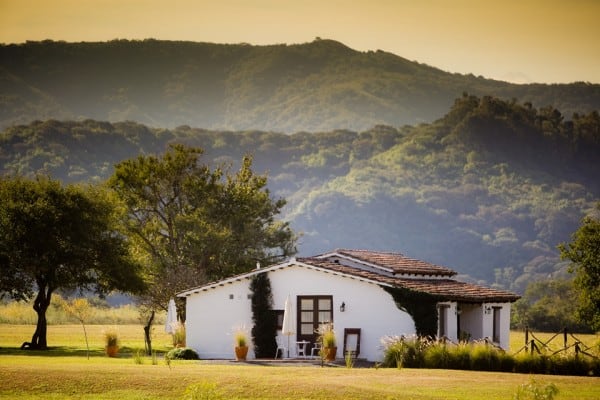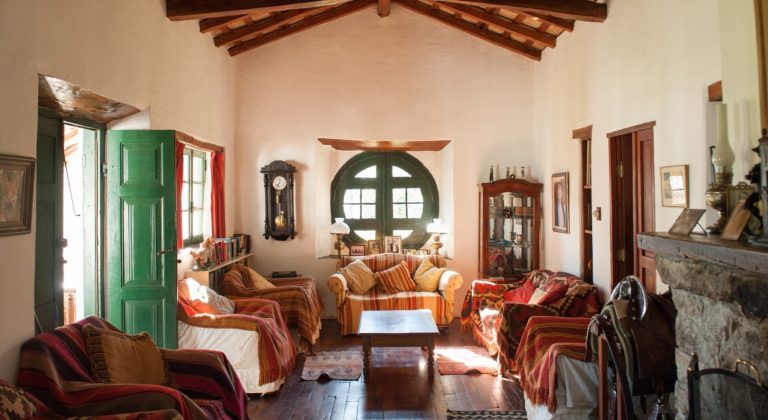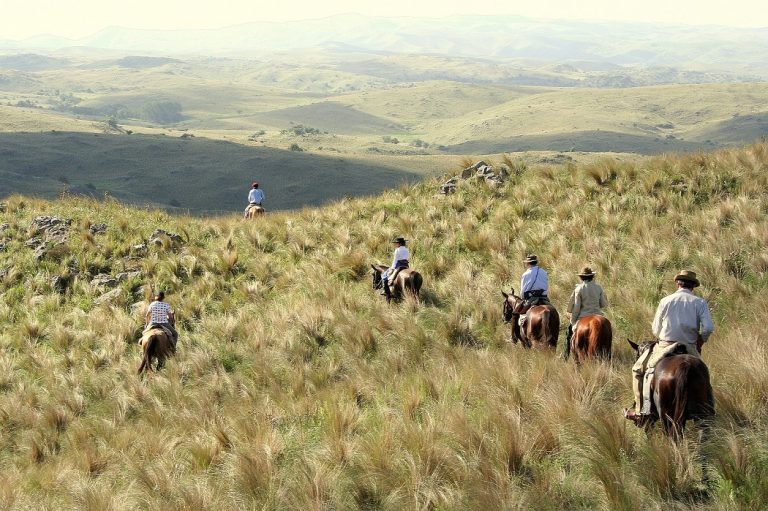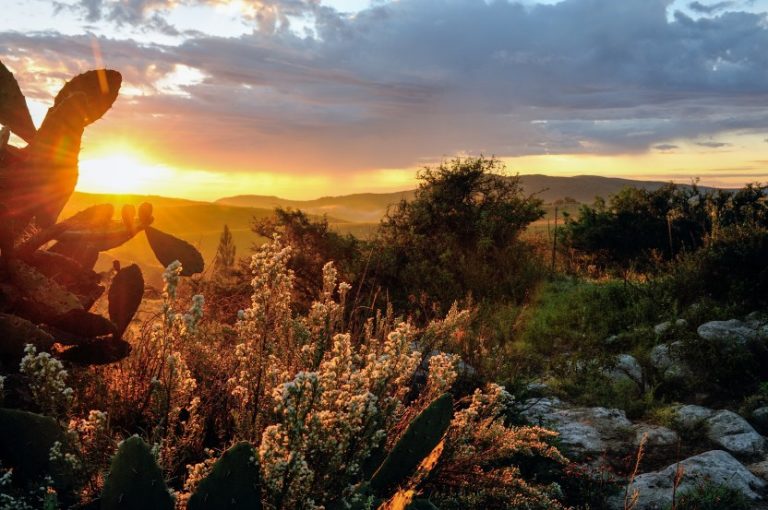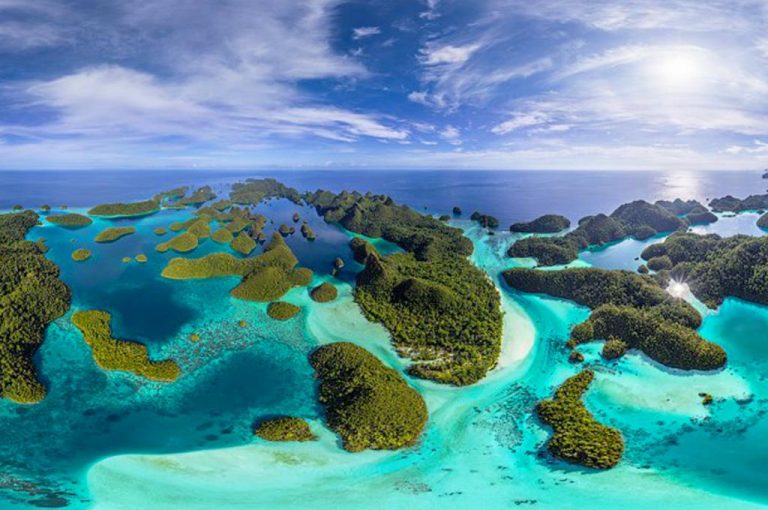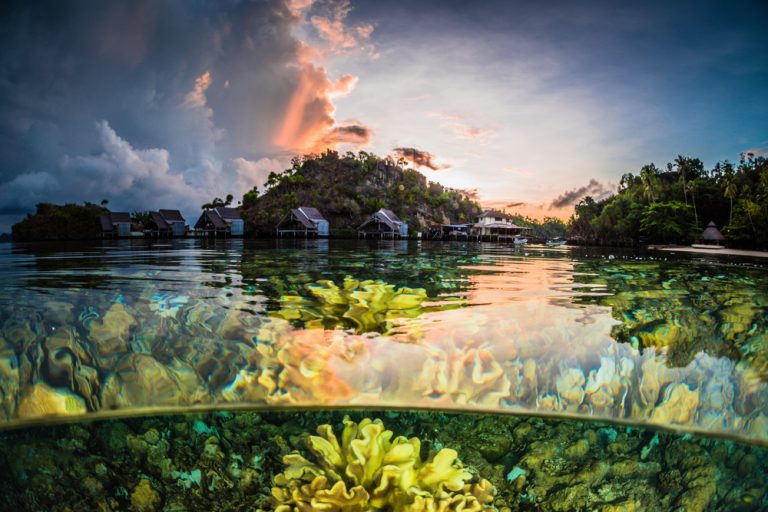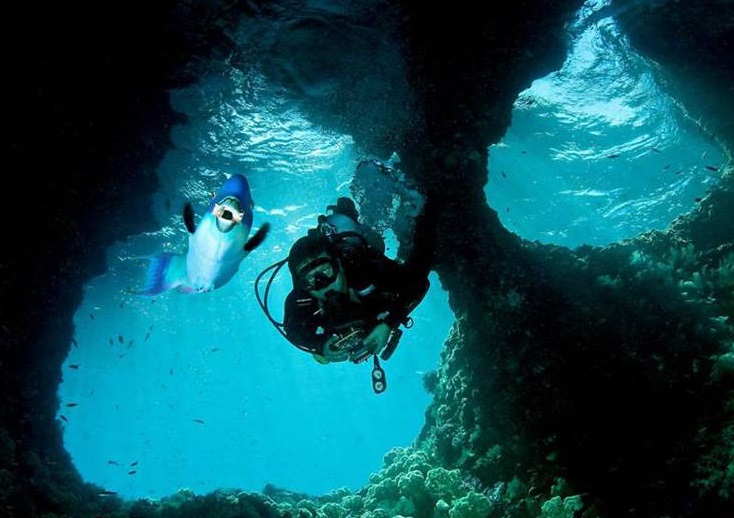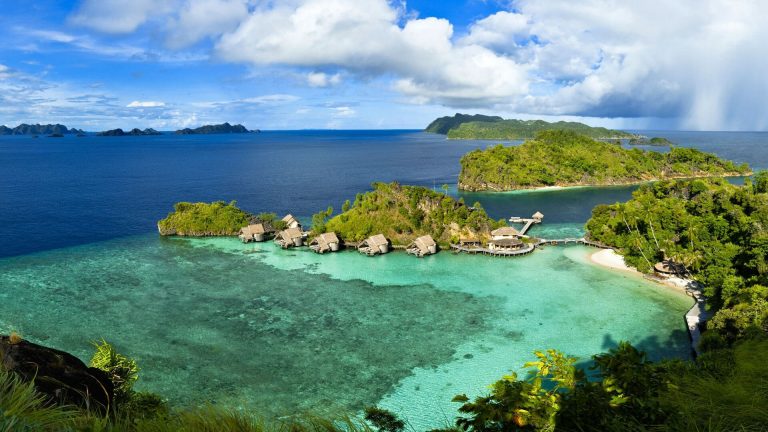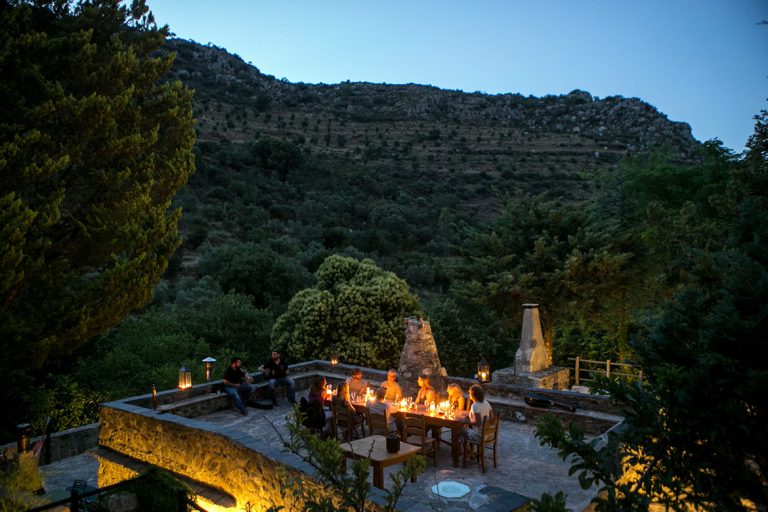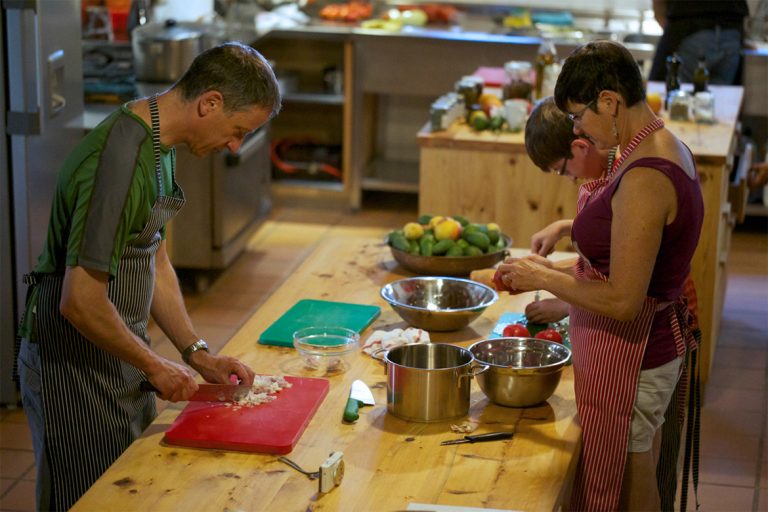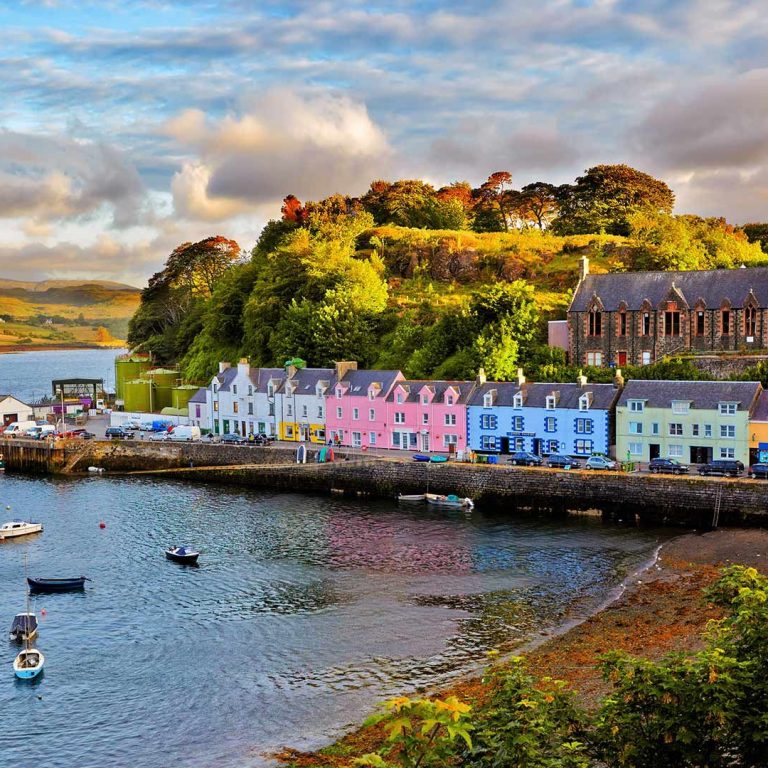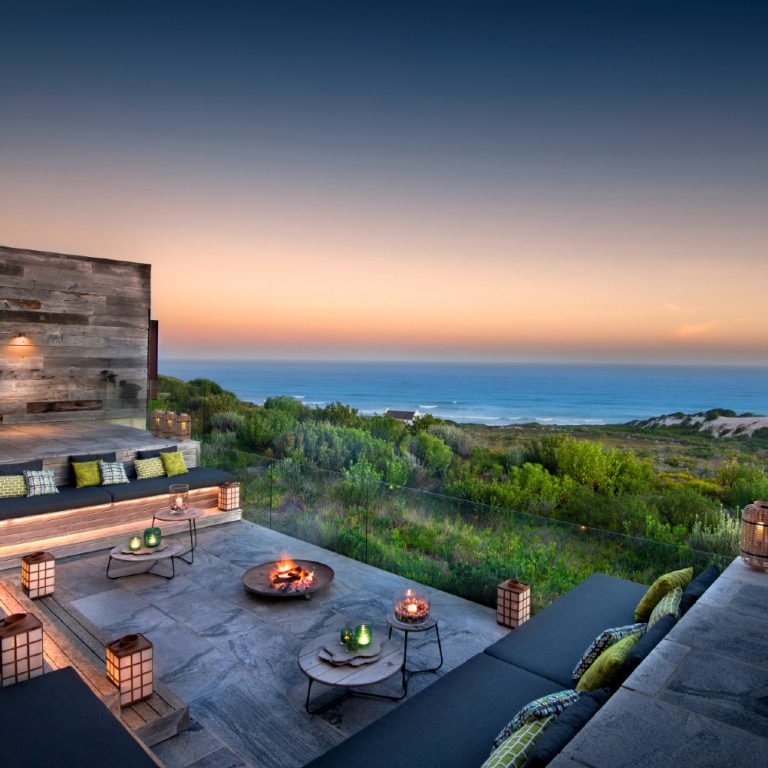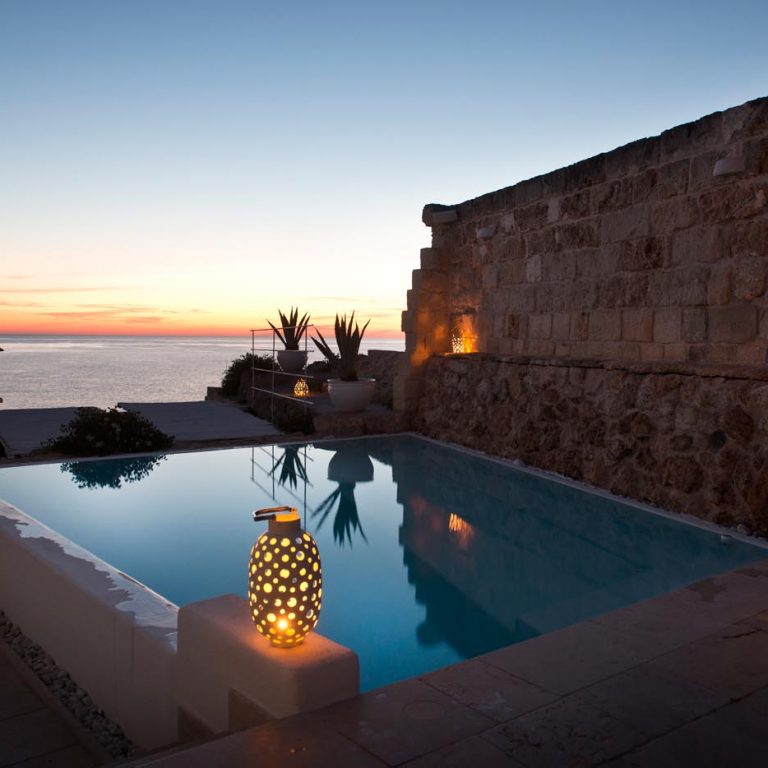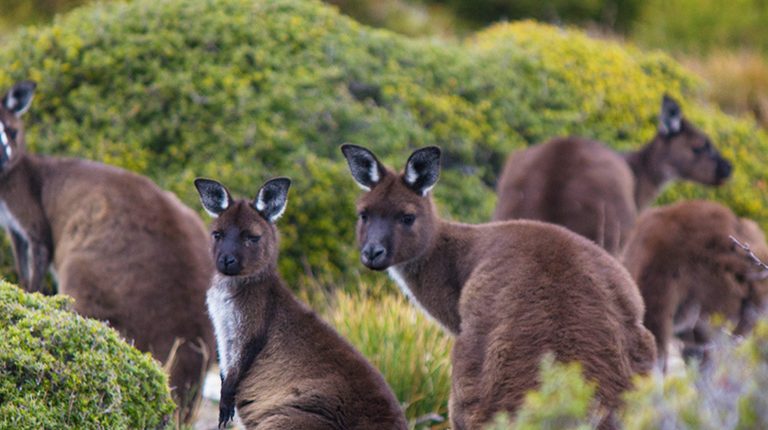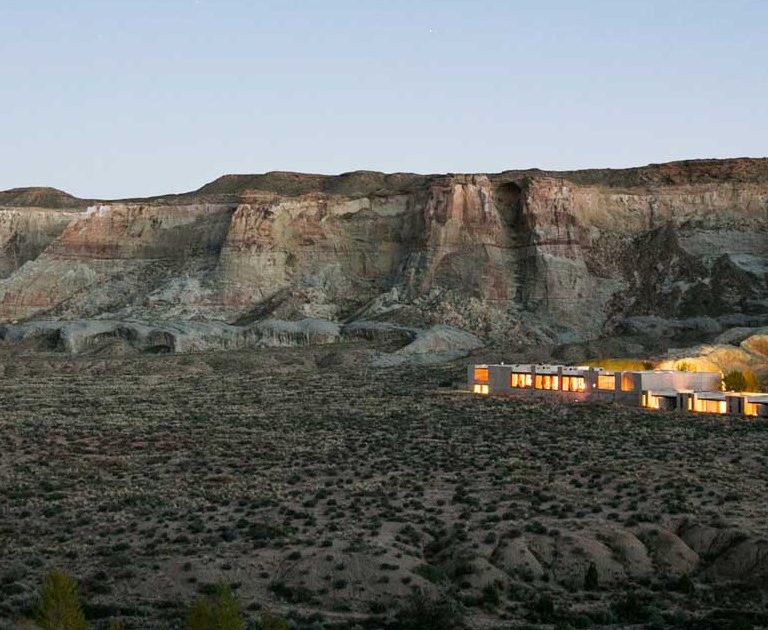The Duba Expedition Camp, a partnership between Great Plains Conservation and the Okavango Community Trust in Botswana, offers a front-row seat to Africa’s majestic wildlife.
The camp sits in the heart of the Okavango Delta among a matrix of palm-dotted islands, flood plains and woodland on a 33,000 hectare private reserve. It is also the place that Great Plains Conservation co-founders, National Geographic filmmakers, conservationists and explorers, Dereck and Beverly Joubert, chose for their home base.
Duba Plains Camp offers 5 bespoke tents designed to blend into the landscape and evoke the classic African safari style of the 1920’s. All the rooms are raised on recycled railway-sleeper decking and with stunning views of the surrounding floodplain and the steady stream of wildlife parading past. Each tent has a lounge area and beautifully appointed en-suite facilities consisting of flush loo, double vanities and indoor and outdoor showers and a luxurious bath. Ceiling fans, environmentally friendly air-conditioning system over the bed, and careful design maintain a comfortable climate. Enjoy your private veranda complete with plunge pool and shaded sala. The camp’s main area consists of a large raised dining room, comfortable lounge, interactive kitchen, wine cellar and library. The camp’s center point, the gathering place of all bush experiences, an extended deck under the giant ebony trees.
Duba Plains prides itself on its extraordinary wildlife experiences and intimate exposure to the best of the best wildlife, from lions and leopards to elephants, lechwe, buffalo and everything in between. Duba Plains is also known for interesting Kalahari species like aardwolf and pangolins. A recent guest captured it perfectly when he said, “I am not a religious person but I now understand that the Garden of Eden can now in fact be found at Duba Plains.”


